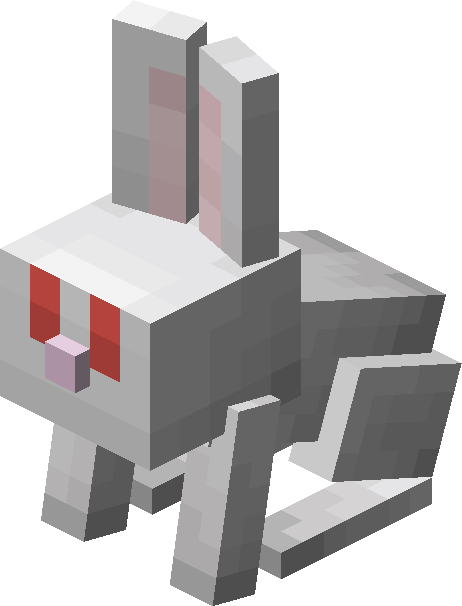
I could have titled this post “The REAL Reason I Built This Place”, but that didn’t feel particularly subtle — or timeless. Regardless, there’s probably no faster way to date a blog than by writing a Minecraft modding tutorial. Minecraft is a game in constant motion: frequent, substantial updates tend to break mods between versions as the underlying systems and APIs shift dramatically. I suspect this is why most Minecraft modding tutorials are so incomplete, outdated, or cryptic — who wants to pour energy into extensive documentation when they’d have to re-write it every year just to keep up?
Still, that didn’t stop me from being inspired.
My interest in Minecraft has waxed and waned since I first started playing it back in 2010. I’ve always loved it — especially the creativity it enables — but simply playing vanilla Minecraft doesn’t do it for me anymore. I’ve played countless modpacks over the years, and while many of them have been amazing, most of my favorites eventually get sidelined by updates or the slow death of their ecosystem.
Take Redpower 2, for example. It was the greatest mod of all time: redstone gates, logic systems, realistic in-game computers based on FORTH, and elegant utility blocks — all packaged in one beautifully cohesive experience. But it hasn’t been relevant since Minecraft Java 1.4.6, back in 2012. Its creator, Eloraam, eventually moved on to her own indie dev efforts, trying to turn the idea into a standalone game. But like many ambitious indie projects, progress has stalled, life has taken priority, and the release of a finished product seems less likely with each passing year.
Other mods I loved have run into their own roadblocks. Immersive Engineering and Create are tied to Forge (though Create does have a decent Fabric port now). Immersive Railroading drifted into a dead-end of unmaintained content additions. And Create: Aeronautics — while gorgeous — is now locked behind a developer wall of silence, after breaking several public promises of release.
So I turned my gaze toward the Fabric modding ecosystem.
It’s not perfect. The technical overhaul mods I miss don’t always have equivalents here. But Fabric has an energy I like — a torrent of stylish, creative decor mods, builders with great aesthetic instincts, and a welcoming, active community. It’s more approachable for beginners, too. I don’t love the reliance on Discord as the primary channel of documentation and support (forums and wikis are much better for long-term reference), but I can live with it. Or better yet — I can do my part to change that by documenting what I learn.
Recently, I’ve been enjoying Cobblemon, a mod that blends Pokémon-style battles (via Pokémon Showdown) with Minecraft-native models and textures — all crowd-sourced and built with a distinctly blocky, cohesive aesthetic. I’ve also revisited Armourer’s Workshop, a mod that empowers players to import their own textures and models for decorating their builds. These mods reminded me that Minecraft is still evolving, and so is what it means to mod it.
That itch came back: the desire to create my own experiences in Minecraft — to remake lost mods, remix my favorites, or invent new ideas entirely. Maybe I could learn some modeling. Maybe I could improve as a programmer. But wow… there’s a lot to Minecraft modding. Setting up a basic mod with Fabric is already a journey, especially if you’re new.
So, if I’m going to go through the effort of figuring this out, I might as well document the process. That way, I have something to refer back to — and maybe, just maybe, someone else will find it helpful.
That’s what this blog is going to focus on (for now): creating modern Fabric mods. I’ll cover how things work, how to build resource and data packs, how to use modern asset tools, and how to set up proper version control (I’ve been learning Git more deeply and plan to incorporate that). I’m not an expert. I’m more of a jack-of-all-trades, cowboy-scripter type — so don’t expect perfection. But I’ll try to be careful and transparent. If I get something wrong or fail to explain something clearly, I hope you’ll let me know.
My tutorials will be centered around the current Minecraft Java and Fabric versions (1.21.6 at the time of writing), but I’ll do my best to update older posts as necessary when APIs shift. I won’t promise to write forever — I have a job, a life, a short attention span, and too many creative projects vying for my time — but I do want to give this a solid shot. With luck, I’ll stick with it and maybe build something interesting along the way.
Coming up next:
I’ll walk through the basics of setting up a development environment for Fabric, and writing our first mod.
Let’s see where this goes.
Up next, Fabric Modding: Setting Up Your Development Environment

Leave a Reply